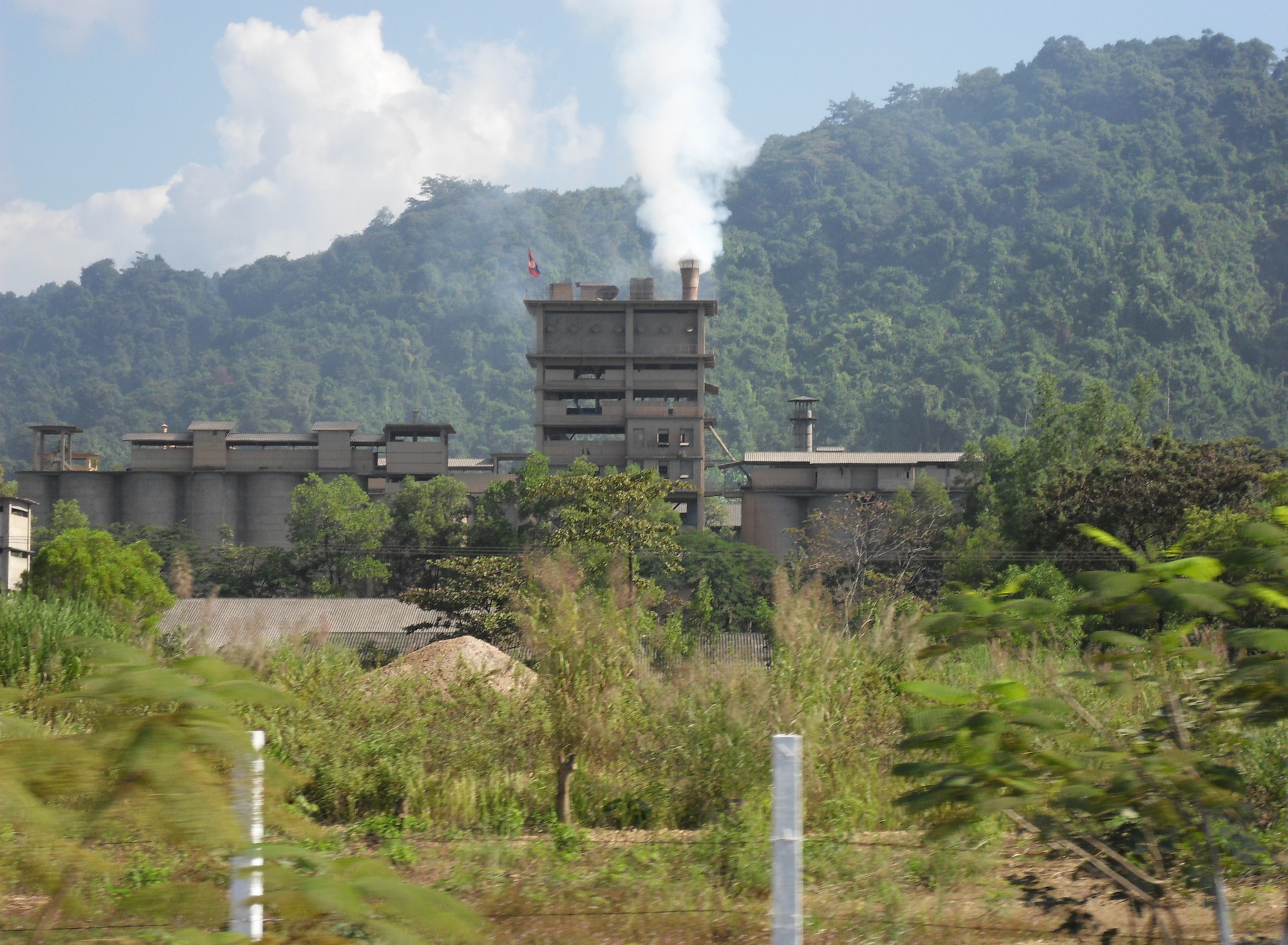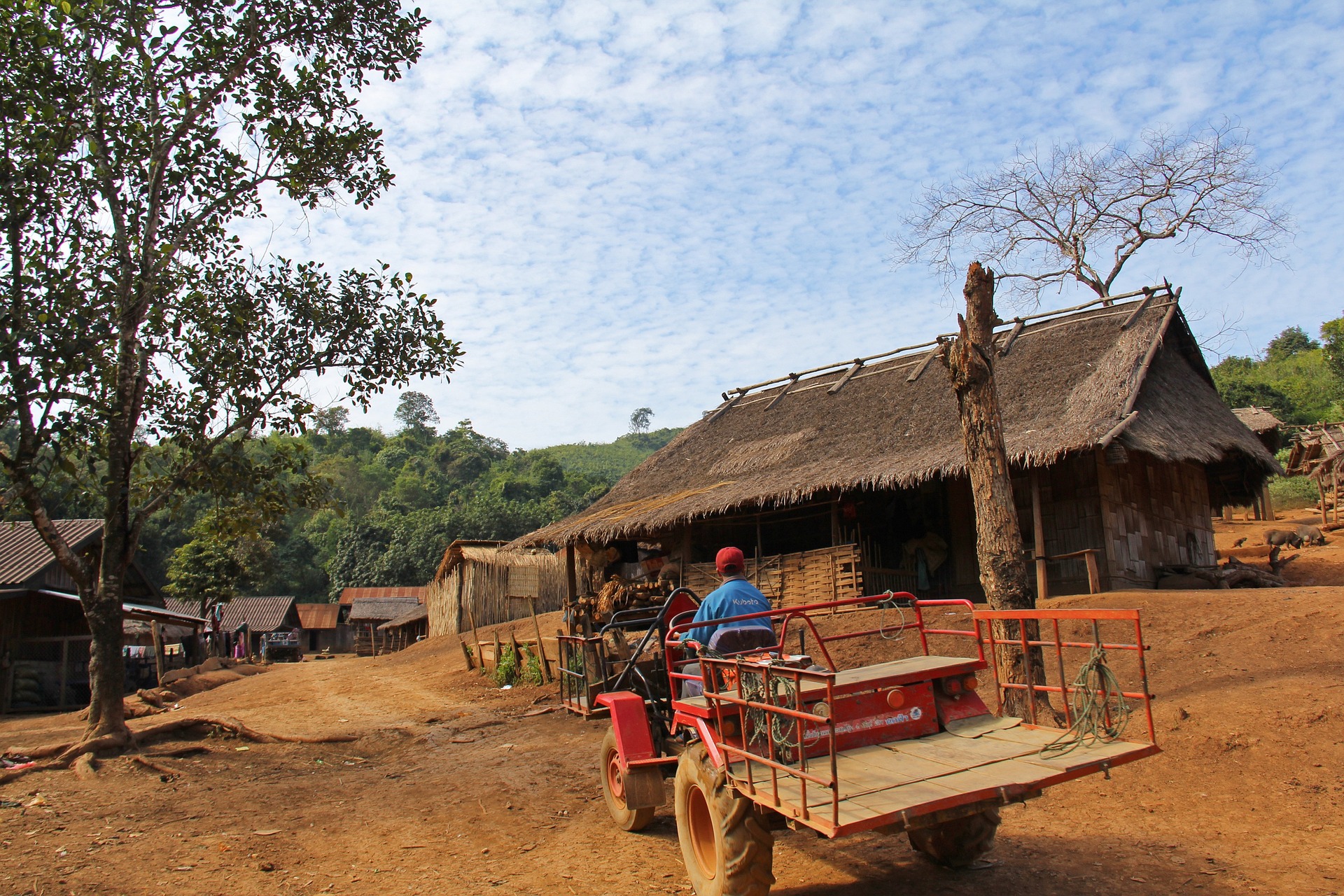Economic situation Economic stability under threat
Since 1997, Laos has been a member of the Association of Southeast Asian Nations (ASEAN). In 2013, it joined the World Trade Organization (WTO). Since 2020, it has been a member of the Regional Comprehensive Economic Partnership (RCEP), the world's largest free trade zone.
Growth has slowed down
The country's development model is based on the export of energy and raw materials (such as hydropower, mining products, timber and agricultural products). Little value addition is taking place within the country, and too few jobs are being created. The business environment for the emerging private sector continues to be unfavourable. There is a lack of transparency and competition.
Even before the outbreak of the COVID-19 pandemic, economic growth in Laos had slowed, with rates continuously declining since 2014 (8 per cent growth in 2013; 5.5 per cent in 2019).
The COVID-19 pandemic has exposed the country's high level of vulnerability to external developments. In 2020, the growth rate dropped to 0.5 per cent. In 2021, it was 2.5 per cent. The International Monetary Fund (IMF) expects that growth in 2023 will be 2.2 per cent.
High levels of external debt
In a report published in July 2022, the World Bank warned that Laos was on the brink of a debt crisis. The high level of public debt, an inadequate tax base, limited financing options and low foreign currency reserves were posing a threat to the country's economic stability and development outlook.
Experts have been voicing concern over the fact that Laos is becoming more and more dependent on China. Among other thing, the country has sold the national power grid to a Chinese company. Major infrastructure projects – for example a high-speed train connection from the capital, Vientiane, to southern China – are being financed through Chinese loans. It remains to be seen whether Laos will be able to afford the debt service for these loans.
Structural change in the economy
About two thirds of the country's people live in rural areas. There, smallholder subsistence farming is increasingly being crowded out by industrial plantation farming. The total contribution of agriculture to gross domestic product (GDP) has dropped to 16 per cent (whereas it was 46 per cent in 1990). The industrial sector currently accounts for 34 per cent, and nearly 40 per cent of GDP is generated by the services sector.
Development potential
Laos is rich in natural resources. It has mineral resources such as gold, copper, bauxite and tin.
One important factor for the future of Laos is its vast hydropower potential. On the one hand, it enables the country to export electricity. On the other hand, the construction of further hydropower plants is meeting with criticism in neighbouring countries and is also controversial from an environmental point of view (see also Environmental situation).
The country's diverse fauna and flora means that there is development potential in ecotourism.
Another great potential lies in the young population of Laos. One third of its about 7.4 million people are under the age of 15. However, the poor level of educational attainment and the low level of labour productivity still constitute major constraints to investment for many companies.
As at: 15/02/2023

